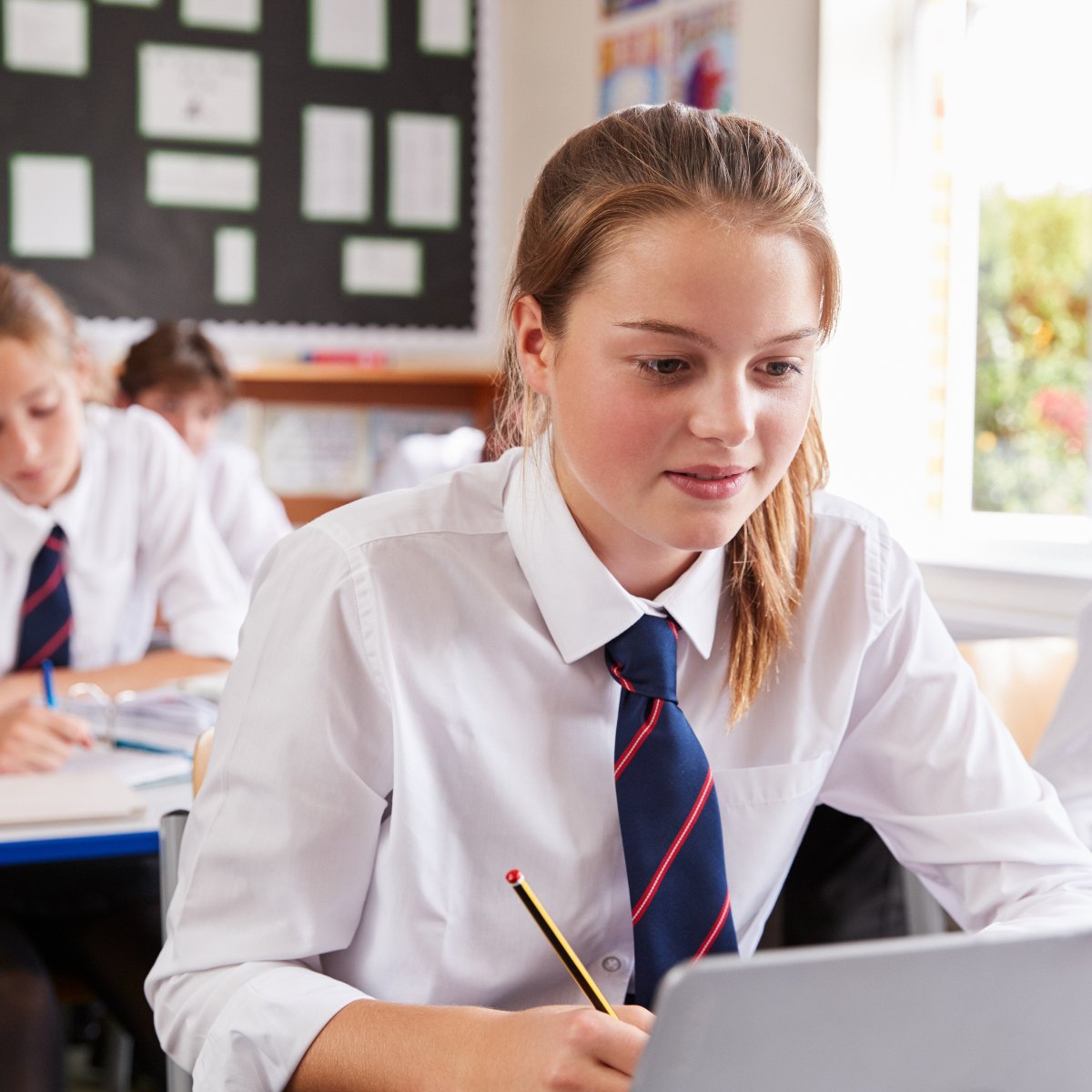Soaring rental prices, increases in HECS-HELP loan indexation, job shortages across the country, rising fears of global warming, and a global toilet paper shortage – the COVID-interrupted cohort of students who recently completed their secondary education definitely haven’t enjoyed the warmest of welcomes into adulthood.
Sure, they’ve entered a world of digital convenience, where food can be delivered to their doorstep within minutes, where entertainment can be streamed from anywhere – at any time – and where managing bank accounts can be done with a few taps on a mobile phone. But they have also evolved from adolescence into a world where rates of mental health issues, including anxiety and depression rates across both children and adults, continue to climb.
Does some portion of blame sit with the fact that teens simply aren’t being prepared for the ‘real world’ – they aren’t getting that hands-on experience in school where they’re taught skills that will prepare them for future independence.
Could some of these problems be solved with a returned focus on home economics education in the classroom?
What is home economics?
For many, the concept of home economics teaching conjures a stereotypical image of apron-clad women with immaculately coiffed hair removing a baked dinner, made from scratch, from the oven of a kitchen that is so clean, it’s amazing that any cooking has actually taken place there at all.
Institutional sexism aside, home economics has, unfortunately, been constrained to such Stepford Wives-esque stereotypes that are largely to blame for the mass exodus of home economics classes from school curriculums across the world.
According to the Home Economics Institute of Australia Inc., home economics education “enables students to build capacity for critical and creative approaches to decision-making and problem-solving related to fundamental needs and practical concerns of individuals and families, both locally and globally.”
A missing ingredient from the curriculum
Despite playing vital roles in lobbying for basic food safety legislations, better access to health information, reproductive rights for women, and for creating generations of young women and men that gained the confidence and skills to take care of their homes, finances, and health, once they had left the nest, home economics was officially taken off the Australian senior curriculum in 2018, to a chorus of concern.
These days, home economic-type learning is largely food and wellbeing-focused. While supporting our children to be empathetic, capable human beings with a basic understanding of good nutrition is evidently important, whatever happened to teaching fundamental household and life-management skills, such as fixing a broken tap, budgeting, or how to sew on a loose button, instead of buying a new garment?
The search for basic life skills
The fact that some of the world’s most Googled questions include ‘How to tie a tie’, and variations on ‘How to apply’ (i.e., ‘How to apply for a loan’ and ‘How to apply for a job’), is telling.
Mission Australia’s Youth Survey Report 2022 revealed that financial concerns and housing instability were the top issues on the minds of young people in Australia in 2022.
And with data from the Reserve Bank of Australia (RBA) revealing that monthly purchases on credit cards reached a record high of $33.5 billion in January 2023, it seems that a brief look at budgeting in senior mathematics may not be doing enough to prepare Australian students for everyday financial management.
Reinstating home economics into the curriculum would need to reflect the evolving world we live in today. The next generation needs to be better prepared to survive on their own in a world that can change in an instant. Today’s students don’t need to know what fork goes where, or have a menu of go-to recipes up their sleeves – that’s what Pinterest is for.
The future of home economics
Let’s face it – time’s have changed. However, no matter how many time-saving apps continue to be invented, tomorrow’s adults still need to learn how to be independent – with or without apps.
At its core, home economics focuses on learning about human development, housing and interior design, food science and preparation, nutrition and wellness, textiles and apparel, consumer issues, basic trade skills, and – most importantly – finances.
What students could benefit from in the home economics classroom of the future is a deeper understanding of when and how to use technology to their advantage. They also need to learn what to do when technology isn’t available.
Contemporary home economics education has the potential to teach just that – via a unique combination of theoretical and practical learning that helps students examine and respond to personal, community and global matters with confidence.
School shouldn’t just be about how to answer a question correctly. Instead, it should ask important questions that help nurture independent and motivated young adults. Could bringing home economics back be the essential ingredient the current curriculum lacks?









